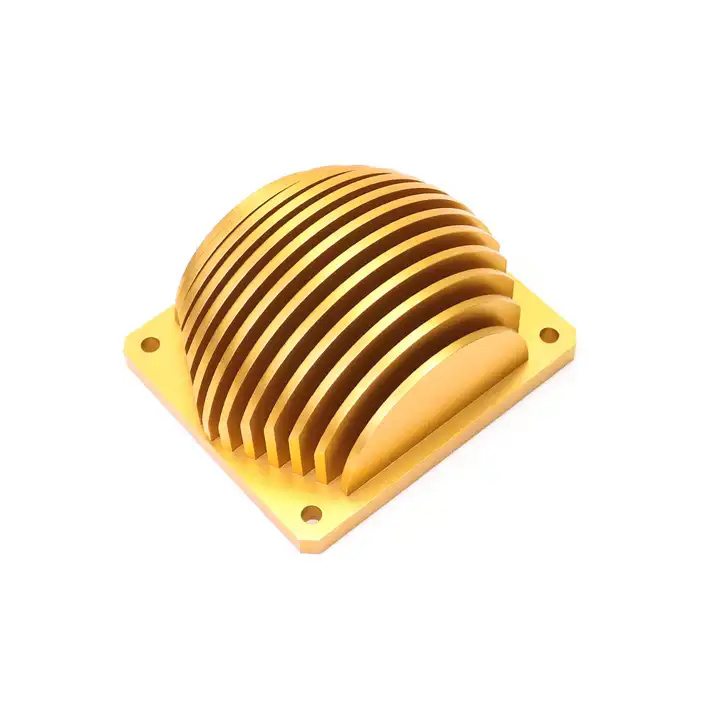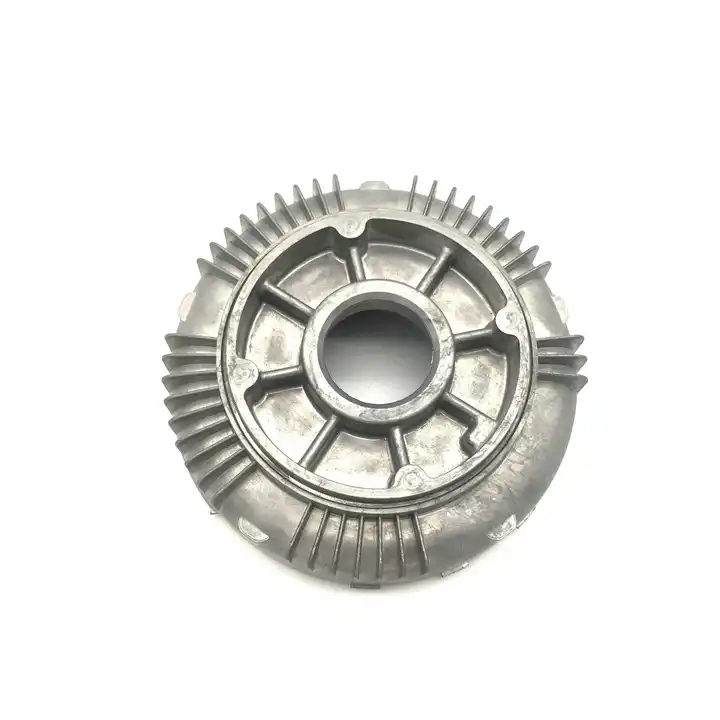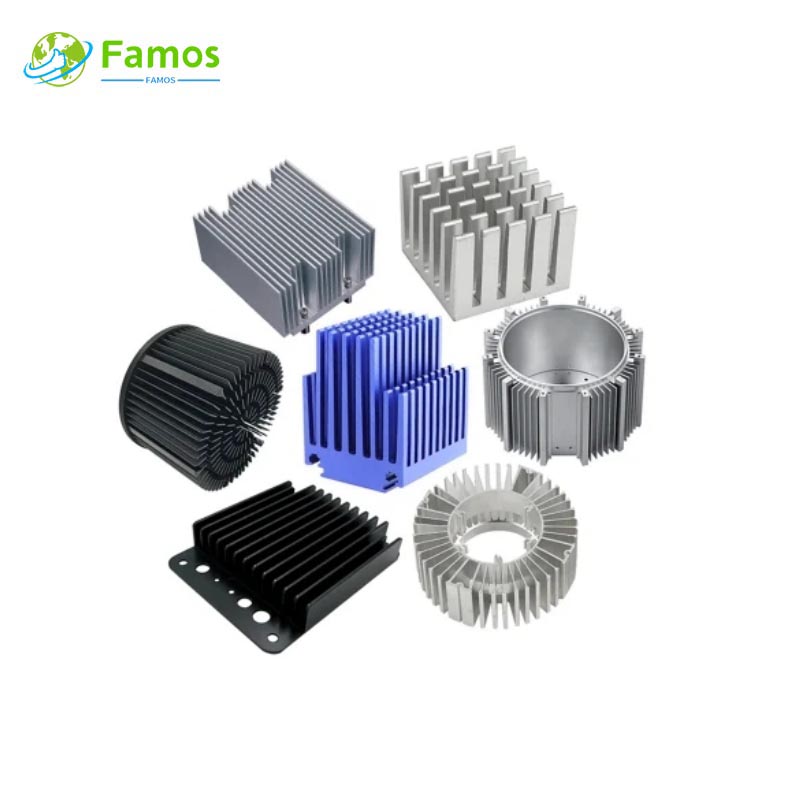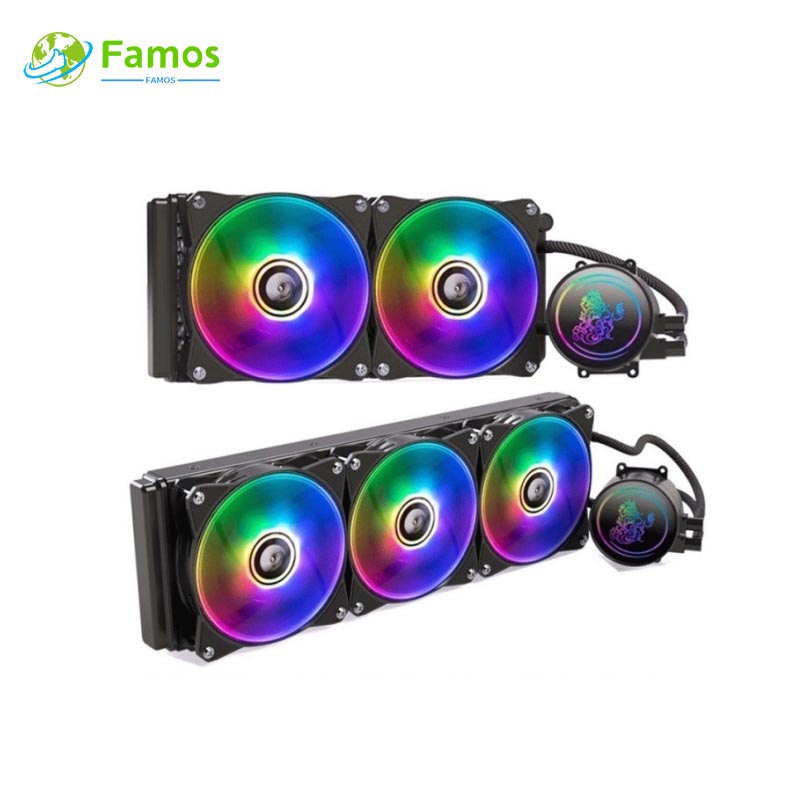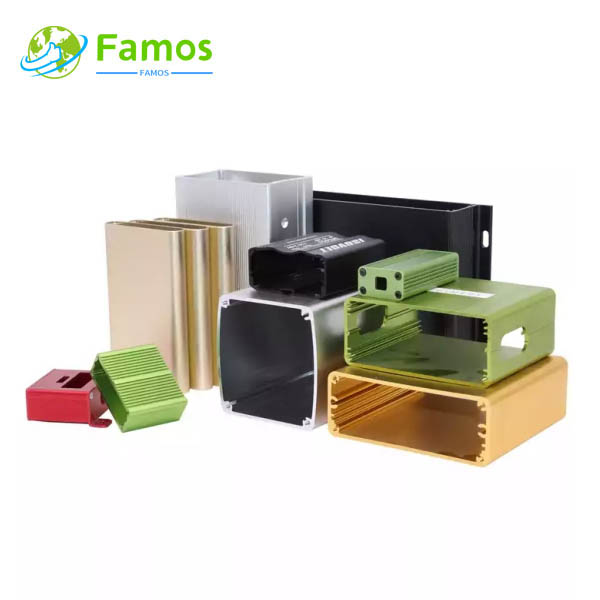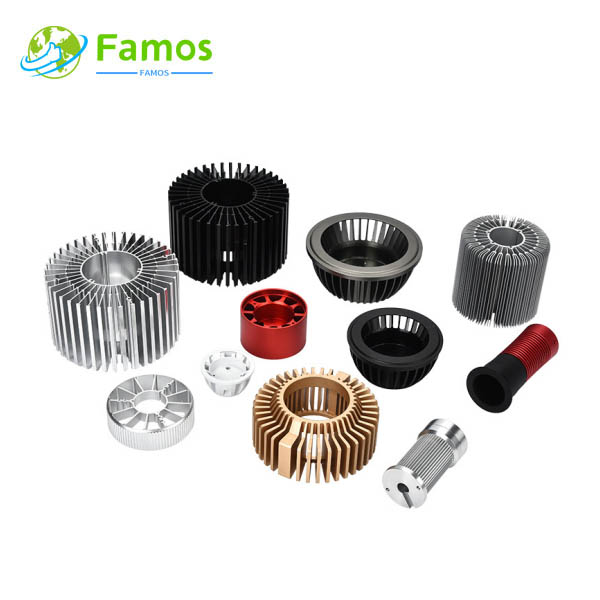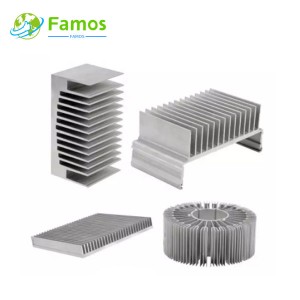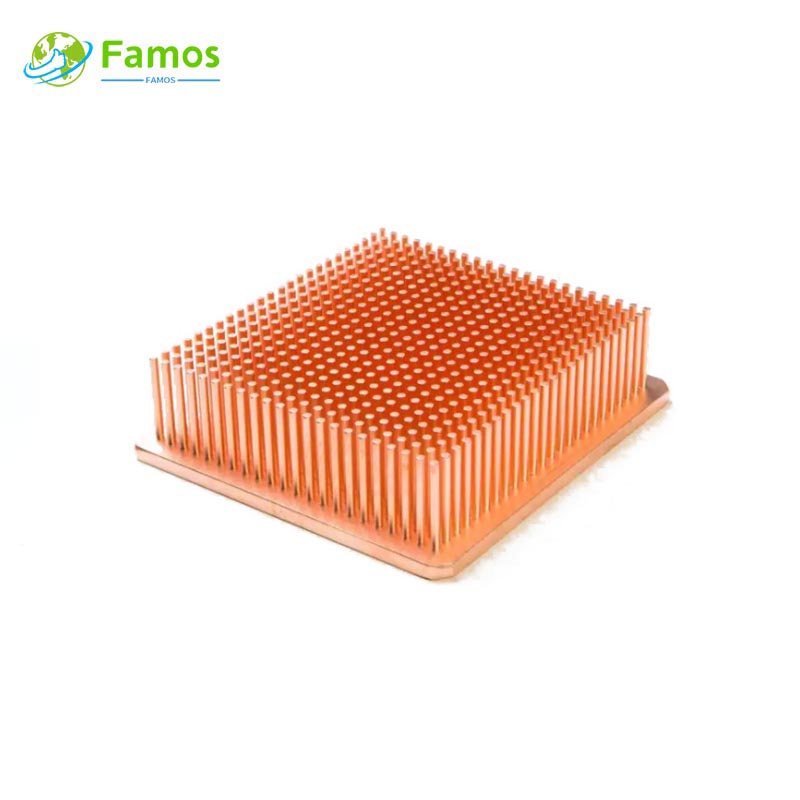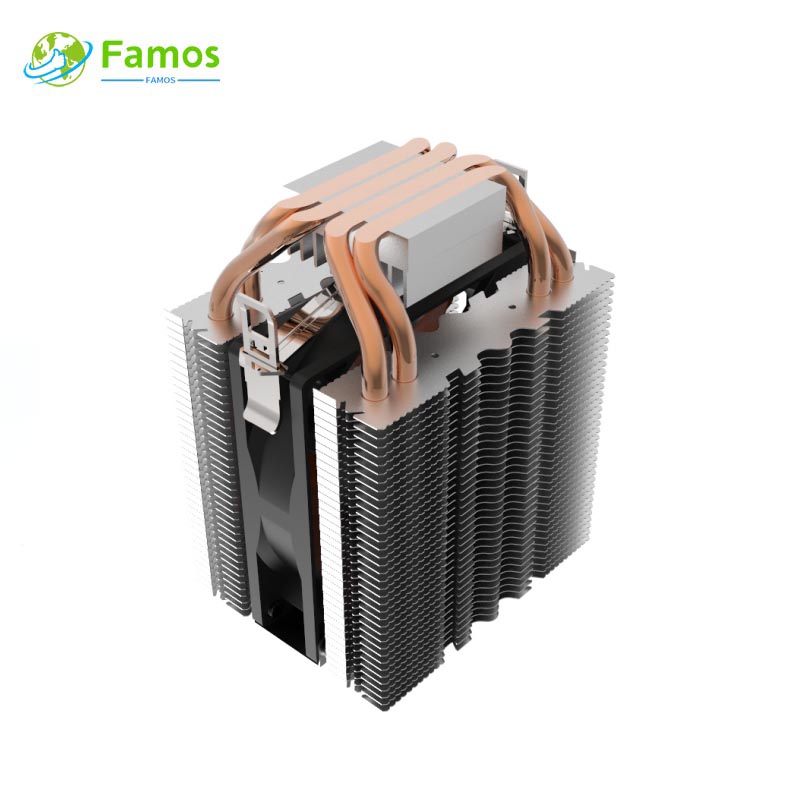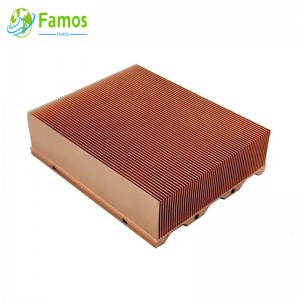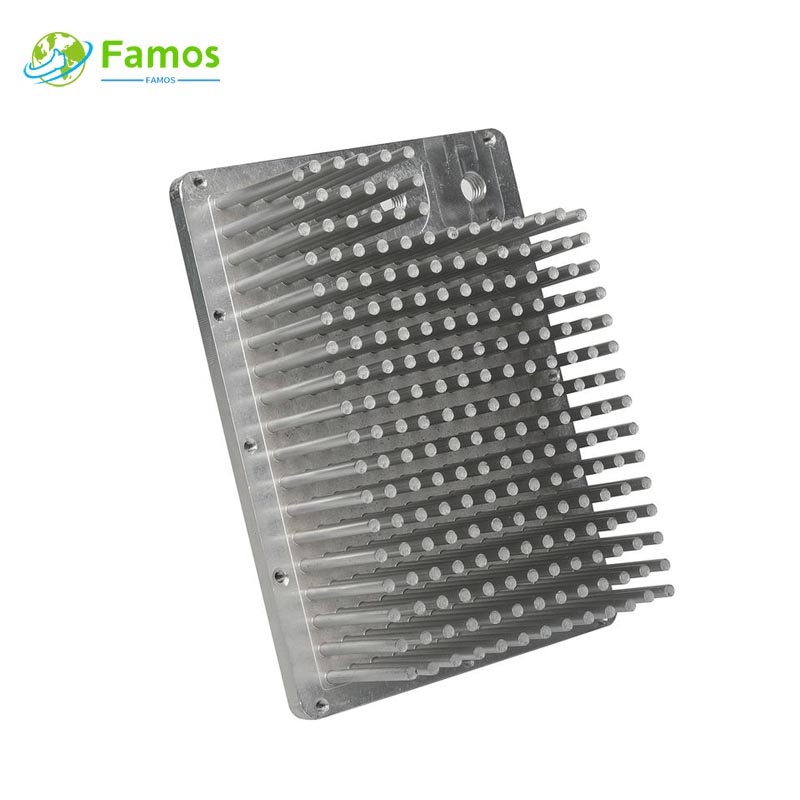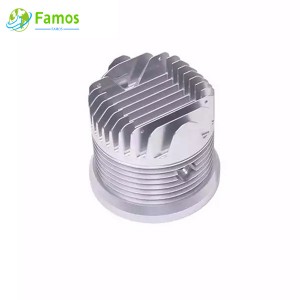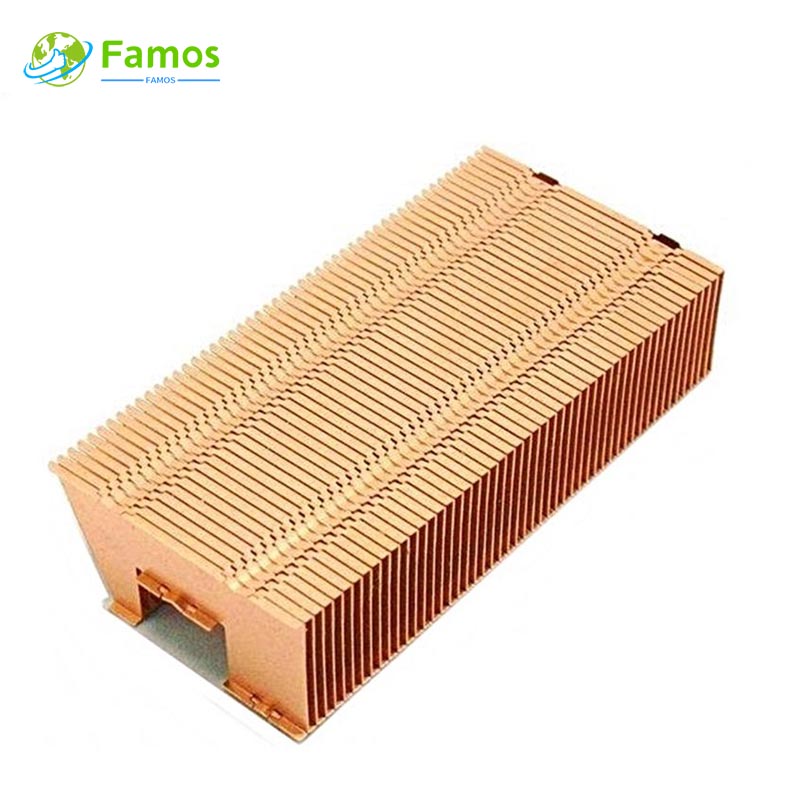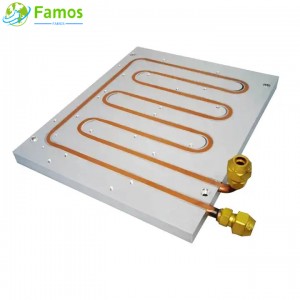In the world of heat sinks, two manufacturing processes have emerged as industry leaders - cold forging and die casting. Both methods have their own unique advantages and disadvantages, and understanding the differences between them is crucial for selecting the most suitable heat sink for your specific application.
Cold forged heat sinks are produced using a process that involves applying compression forces to a metal slug or billet at room temperature. This process, also known as cold forming, allows for the creation of complex heat sink designs with high precision and tight tolerances. One of the key benefits of cold forging is the elimination of secondary operations, such as machining, which reduces material waste and manufacturing costs.
One of the major advantages of cold forged heat sinks is their excellent thermal conductivity. The cold forging process ensures a high degree of metal uniformity, resulting in improved heat dissipation capabilities. Additionally, the absence of internal porosity enhances the structural integrity of the heat sink, making it highly efficient in transferring heat away from sensitive electronic components.
Die casting, on the other hand, involves injecting molten metal under high pressure into a mold cavity, which is then cooled and removed to reveal the final heat sink shape. This process offers several advantages, including high production volume capabilities and the ability to create complex shapes with intricate details. Die casting can produce heat sinks with thinner walls, allowing for better dissipation of heat.
One of the key benefits of die casting heat sinks is their versatility in material selection. While cold forged heat sinks are typically manufactured from aluminum, die casting enables the use of a wide range of materials, including zinc, copper, and magnesium alloys. This versatility opens up opportunities for specific applications that may require unique material properties, such as high electrical conductivity or corrosion resistance.
When it comes to cost-effectiveness, cold forged heat sinks have an advantage over die casting heat sinks. The cold forging process requires less energy compared to die casting, resulting in lower manufacturing costs. Additionally, the elimination of secondary operations in cold forging further reduces costs by minimizing material waste and processing time.
However, die casting heat sinks have advantages in terms of scalability and production volume. Die casting allows for rapid production cycles, making it more suitable for large-scale manufacturing. The ability to produce heat sinks in high quantities with consistent quality makes die casting a preferred choice for industries that demand mass production, such as automotive and consumer electronics.
Another significant difference between cold forging and die casting is their impact on the environment. Cold forging is a more environmentally friendly process as it generates minimal scrap and waste. The absence of secondary operations means less energy consumption and fewer materials used. In contrast, die casting can produce more waste and consumes higher amounts of energy due to the melting and cooling processes involved.
In summary, the choice between cold forged heat sinks and die casting heat sinks ultimately depends on the specific requirements of your application. Cold forged heat sinks offer excellent thermal conductivity, high precision, and reduced manufacturing costs. On the other hand, die casting heat sinks provide versatility in material selection, scalability for mass production, and the ability to create complex shapes. Considering factors such as heat dissipation needs, production volume, and environmental impact will help you make an informed decision on which type of heat sink is best suited for your application.
If You Are in Business, You May Like
Types of Heat Sink
In order to meet different heat dissipation requirements, our factory can produce different type heat sinks with many different process, such as below:
Post time: Jun-25-2023

